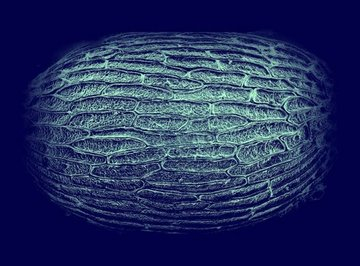Eureka! our Seedy Volunteers highly commended
You are here

The Eureka National Science Awards has highly commended the Friends of the Australian National Botanic Gardens’ National Seed Bank volunteers for their photography.
The Awards recognised their photo, Another Planet, as outstanding science photography and for ‘capturing the essence of scientific discovery’.
Another Planet is an image of a tiny seed of an Alpine heath plant, only 0.53 millimetres in length – not much wider than a human eyelash.
The volunteers, known as ‘Seedy Volunteers’, took the image using a high-powered Scanning Electron Microscope (SEM) at the Australian National University.
Seedy Volunteer Dr Fanny Karouta-Manasse said “Much like discovering another planet, imaging can reveal the intricate form of tiny seeds, and this idea inspired our image,” she said.
The Gardens’ seed conservation biologist Dr Lydia Guja said that Alpine heath (Epacris paludosa) could be found in alpine bog and fen wetland habitats, an endangered ecological community.
“As part of their work at the National Seed Bank involving a new digitisation project, some Seedy Volunteers undertake seed imaging. Images provide vital information such as the size, shape, and surface structure,” she said.
“This valuable information is used by taxonomists, conservationists and researchers to identify, study and safeguard biodiversity – of which a key outcome is to increase germination success”.
“To achieve a highly commended award from such a prestigious national competition is a wonderful recognition, not only of the impressive single image photography achieved by the National Seed Bank volunteers, but also their valuable contribution to our effort to store living seeds for tens of thousands of years for the conservation and research of Australia’s native plants.”
Entries by all finalists in the 2015 Eureka Prize for Science Photography are available on the Australian Museum website.

